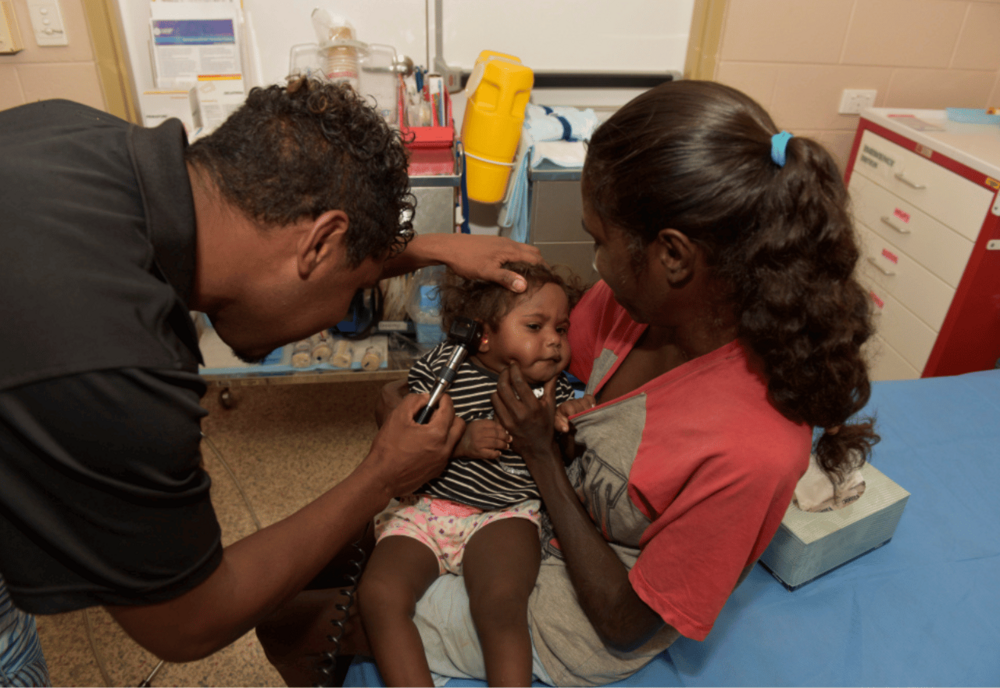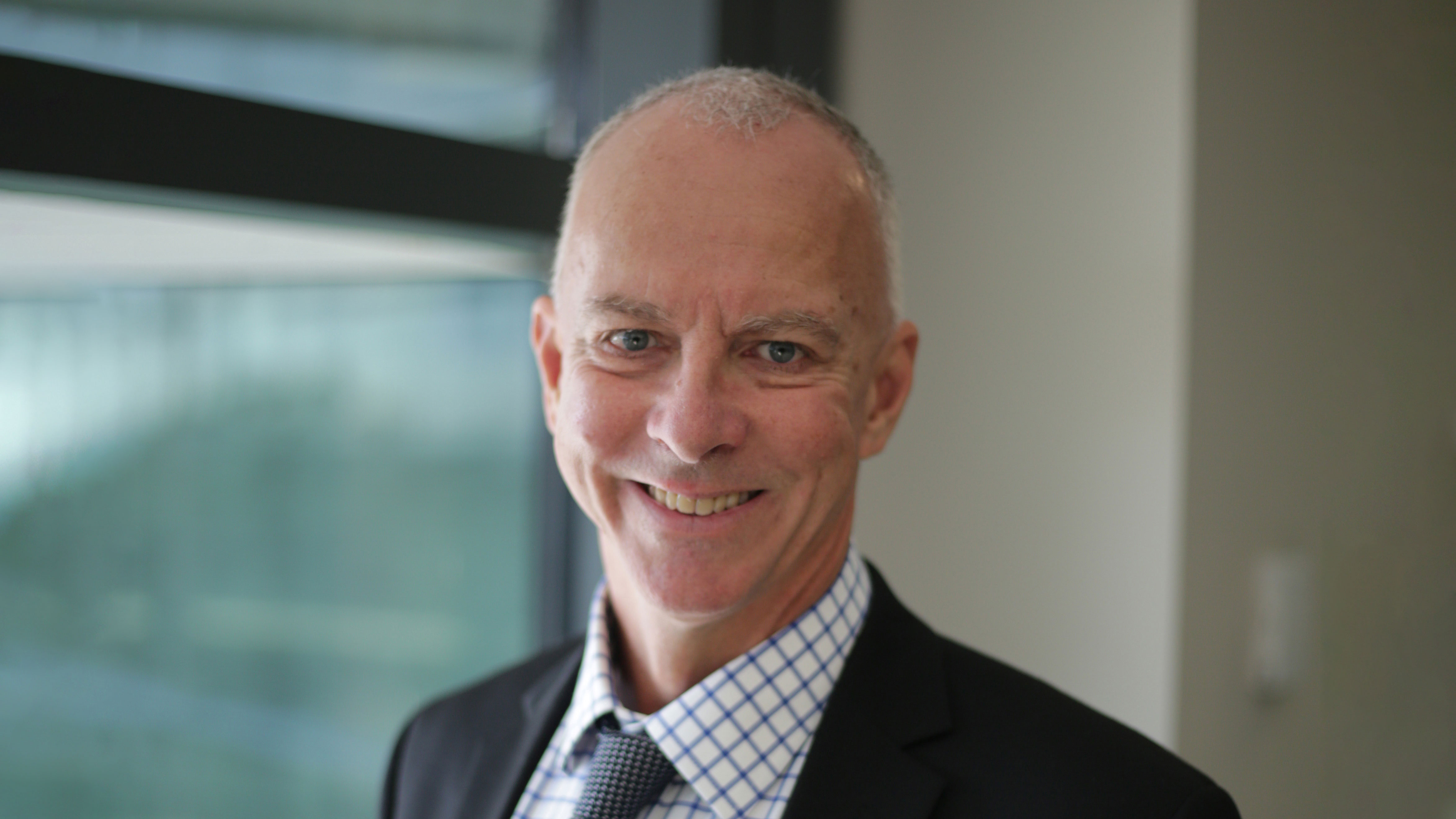Listen up! Living remote contributes to Indigenous ear issues
Kristin Murdock
06 July 2024, 9:34 PM
 Living in remote locations is a precursor for ear issues, especially for Indigenous children.
Living in remote locations is a precursor for ear issues, especially for Indigenous children.Living in remote locations is a precursor for ear issues, especially for Indigenous children.
Middle ear infection (otitis media) in Aboriginal and Torres Strait Islander children remains among the highest globally and those aged under two have a much higher risk of undiagnosed ear disease, new Hearing Australia clinical findings show.
As NAIDOC Week kicks off on Sunday July 7, Hearing Australia is encouraging parents and primary healthcare providers to make sure young First Nations children have their ear health checked as often as possible.
As part of its HAPEE Program (the Hearing Assessment Program – Early Ears), Hearing Australia recently analysed the hearing assessments of 19,000 First Nations children across the country, with some alarming findings.
More than 26 per cent of children assessed were found to have undiagnosed ear disease and one-in-five had undiagnosed hearing loss.
Children under two have more ear trouble than older children, and those in very remote locations have more problems than children in regional or metro areas.
There is overwhelming evidence that hearing loss in young children can impact their learning and development.

Early testing can help prevent lifelong problems.
“However, the good news is we are making headway in seeing children and getting them the help, they need,” says Yorta Yorta woman Kirralee Cross, from Hearing Australia’s First Nations Services Unit.
“In 2022-23, we assessed 14,435 First Nations children, the most in any year since the HAPEE program began in 2019.
"The data also shows that, while some 60 per cent of children have better hearing health when seen at a follow-up appointment, more needs to be done to improve community awareness of the importance of ear and hearing health.”
Locally, Hearing Australia Centres are operating at Bourke, Walgett, and Cobar.
Ms Cross said there needs to be a paradigm shift to tackle otitis media among First Nations children.
“Ear infections are common in children but for First Nations children they typically occur more often, start very early in life and last longer,” she said. “There’s an urgent need for action at many levels – from the health system, service providers, practitioners, and parents/caregivers.
"First Nations cultures are traditionally shared through language, dance, song, and art. So, not only do we need to ensure our children can hear well to learn, but we also need our children to hear well to learn the stories being passed down by Elders to help keep our culture alive.”
Kirralee urges parents to “speak up” if they have any concerns and to get their children’s hearing checked regularly – even if there are no obvious signs of problems.
“Middle ear disease can be difficult to detect; there may be no symptoms like earache or fever. Which is why we also urge primary healthcare providers to assess ear health early, effectively, and regularly, to identify First Nations children with persistent problems, and get appropriate treatment and support in place,” she said.
The Ear Health and Hearing Check recommendations include the routine use of tympanometry, which reveals how well the middle ear is working and provides a quick and easy indication if there’s an ear health problem.
“Our data shows that children who fail tympanometry tests have a much higher likelihood of hearing loss,” explains Kirralee. “This test takes around a minute to do. It’s an excellent way to detect ear health problems.
"To enable the routine use of tympanometry, Hearing Australia offers training and support to primary healthcare providers.”

Kim Terrell, Hearing Australia
Kim Terrell, Hearing Australia’s Managing Director, says the HAPEE program is crucial to improving the hearing health of First Nations children and building the capabilities of primary health services.
“We are fortunate to work with many amazing partners and we acknowledge their commitment to helping prevent avoidable hearing loss in First Nations children,” Mr Terrell said. “Checking the ear and hearing health of young children is a critical step to preventing long-term ear disease and hearing loss.”



